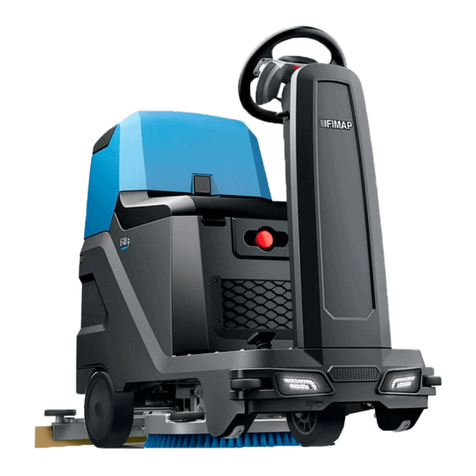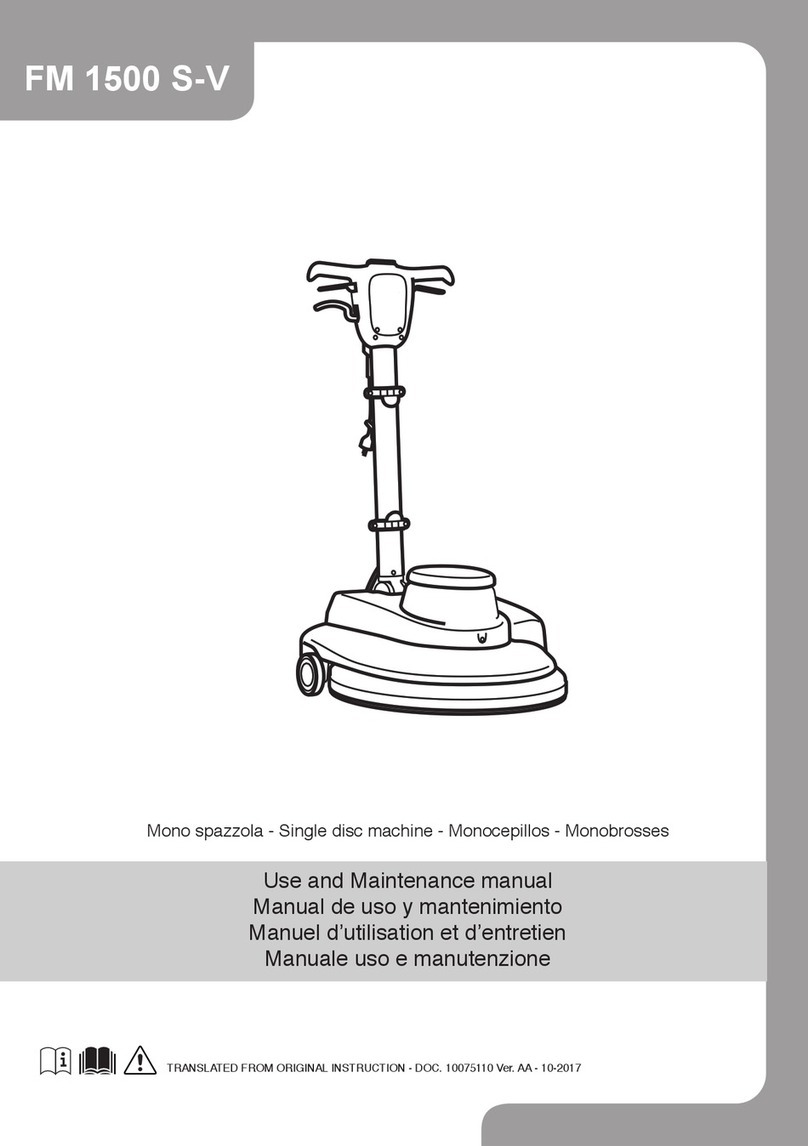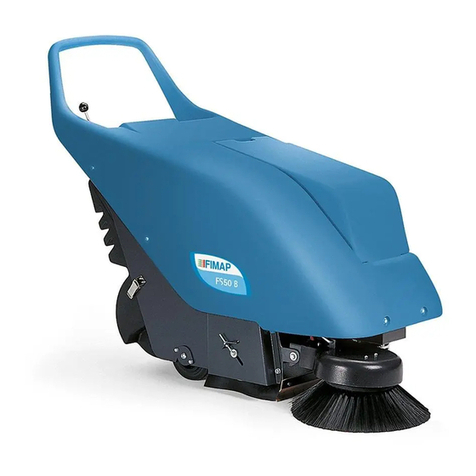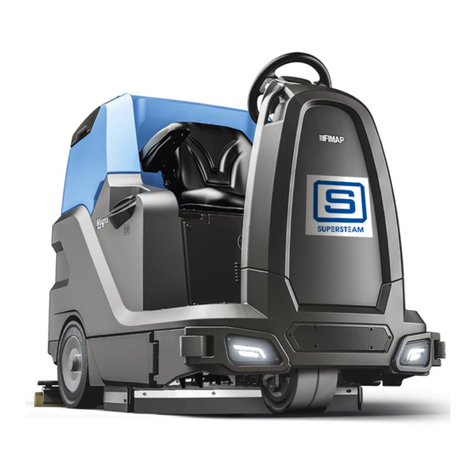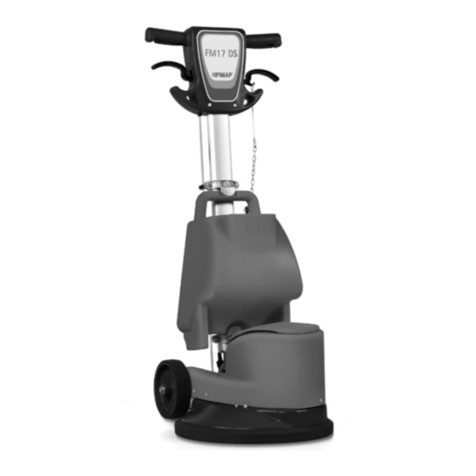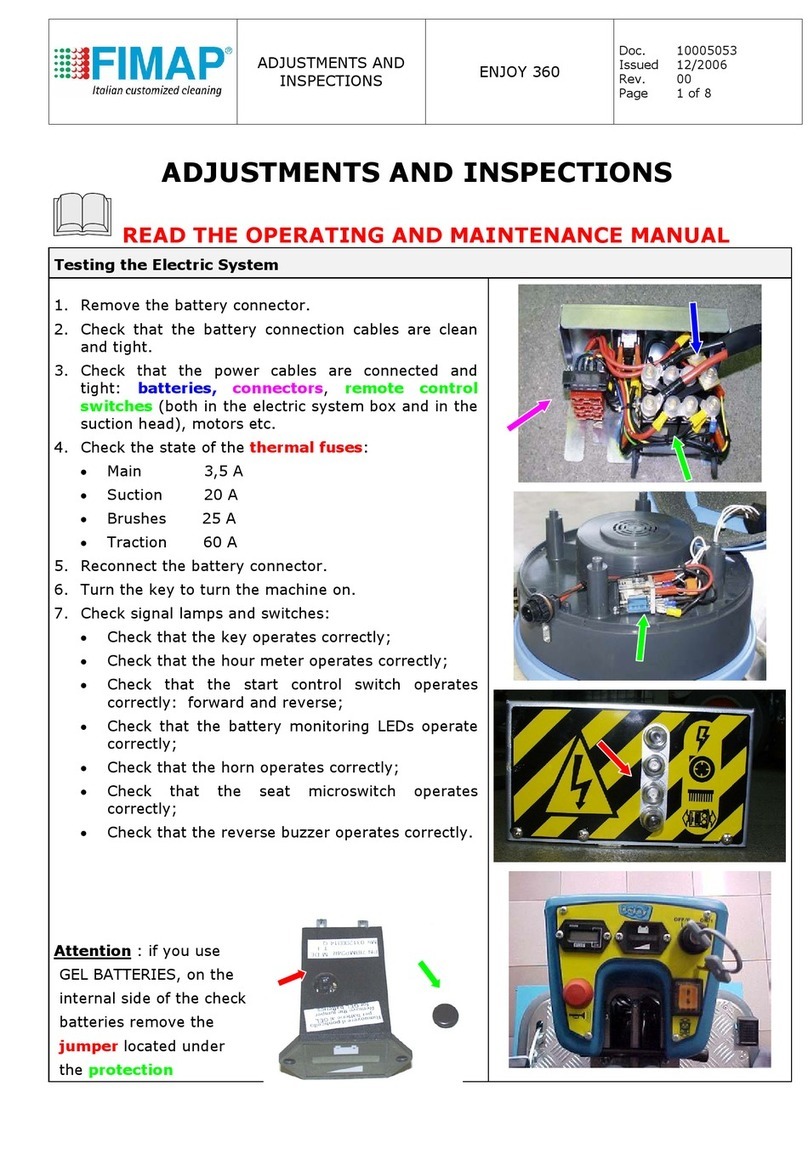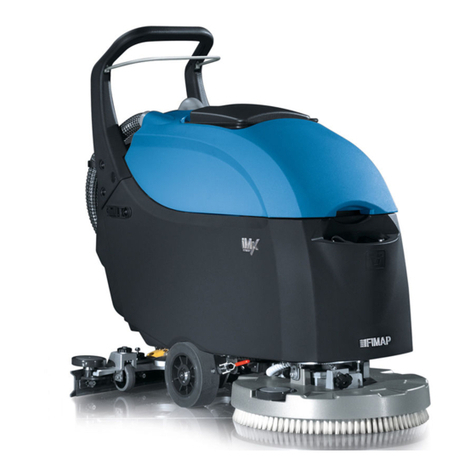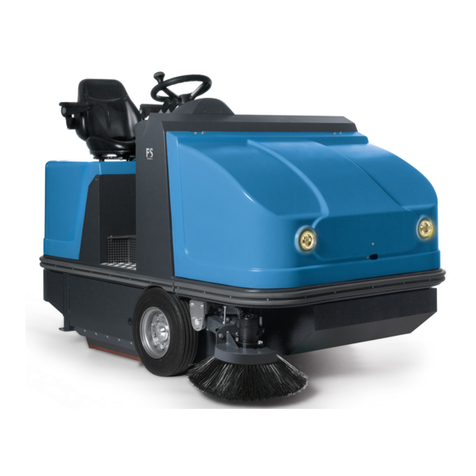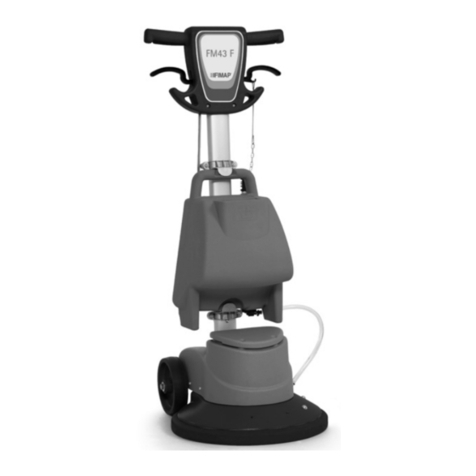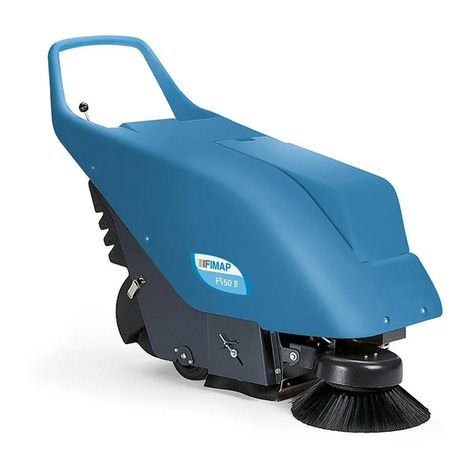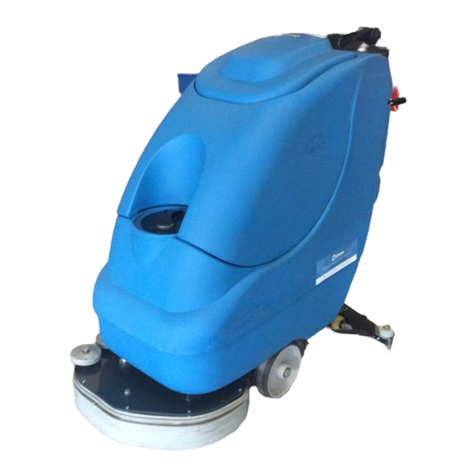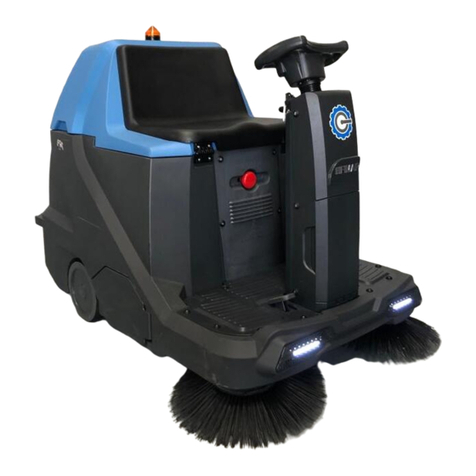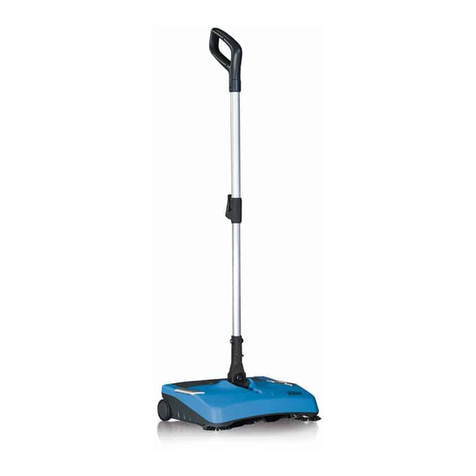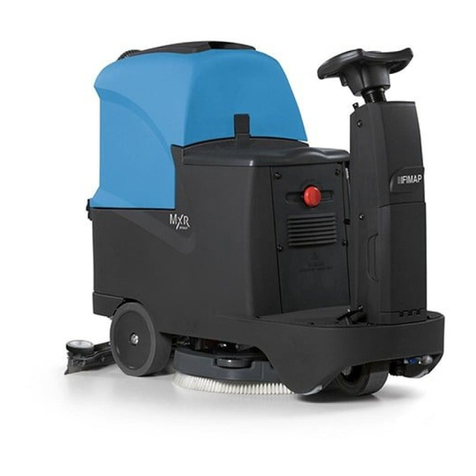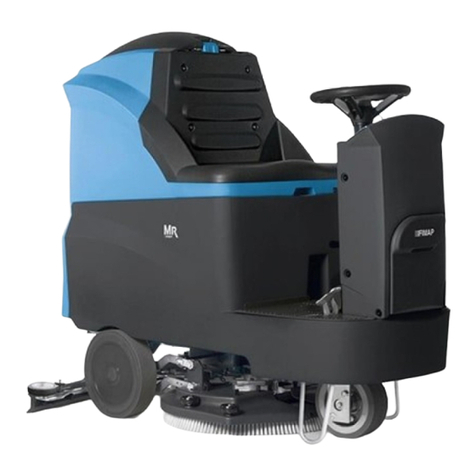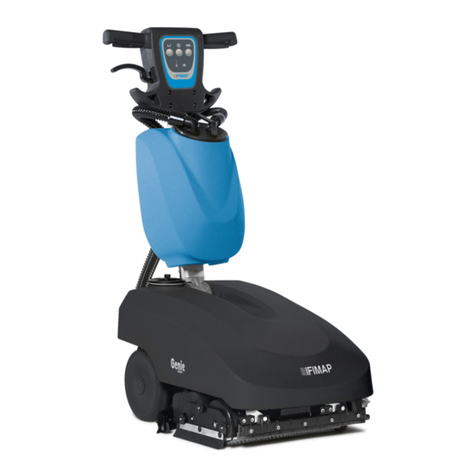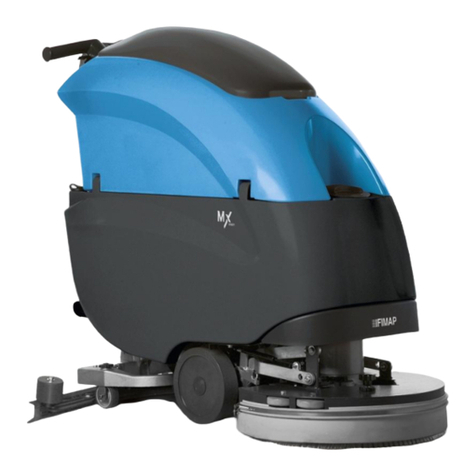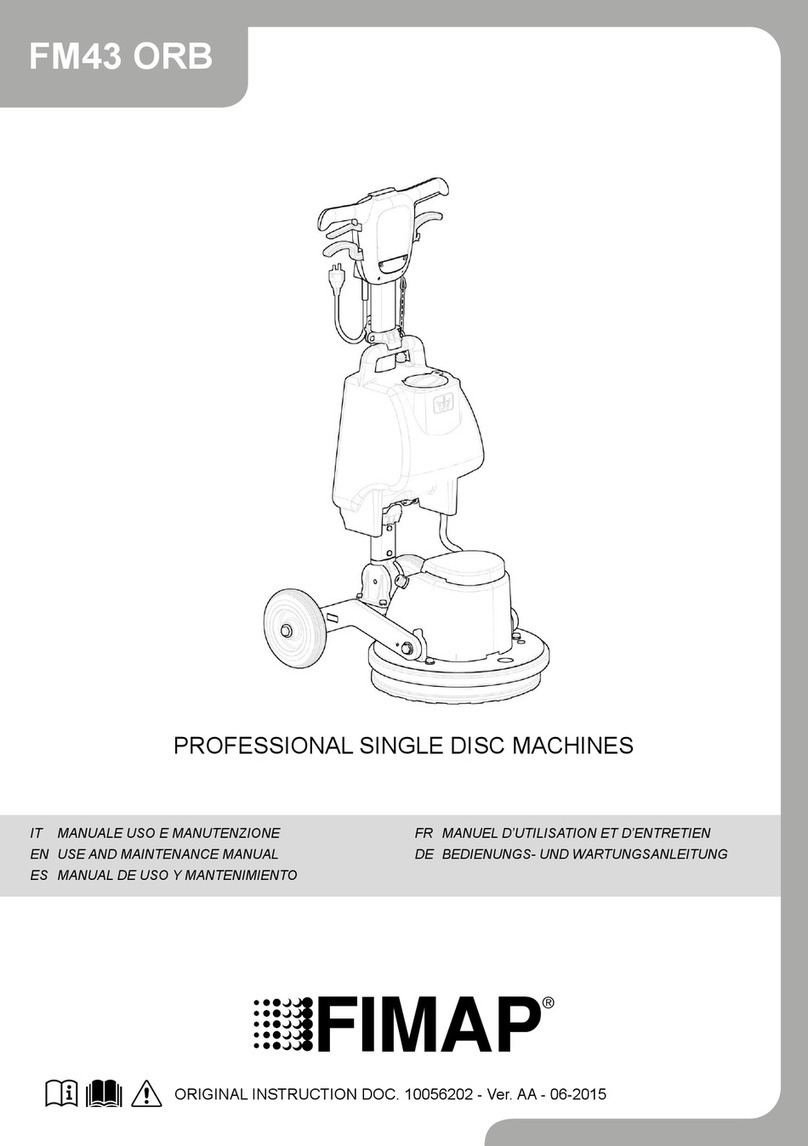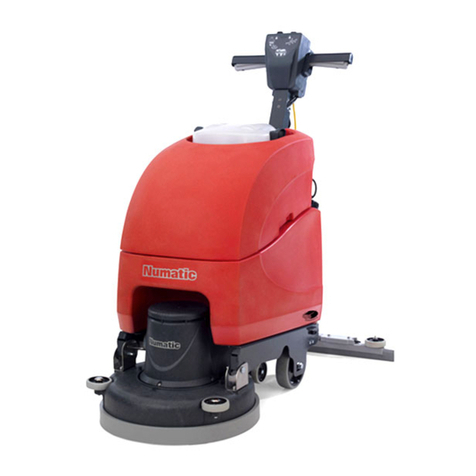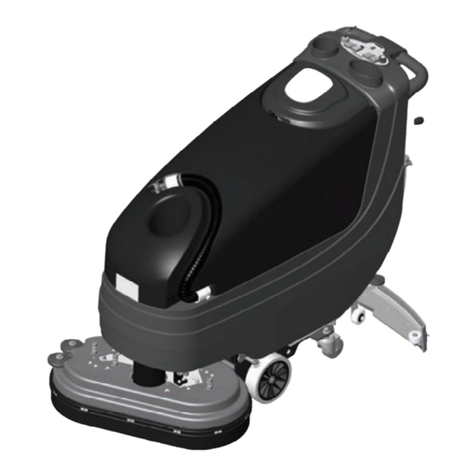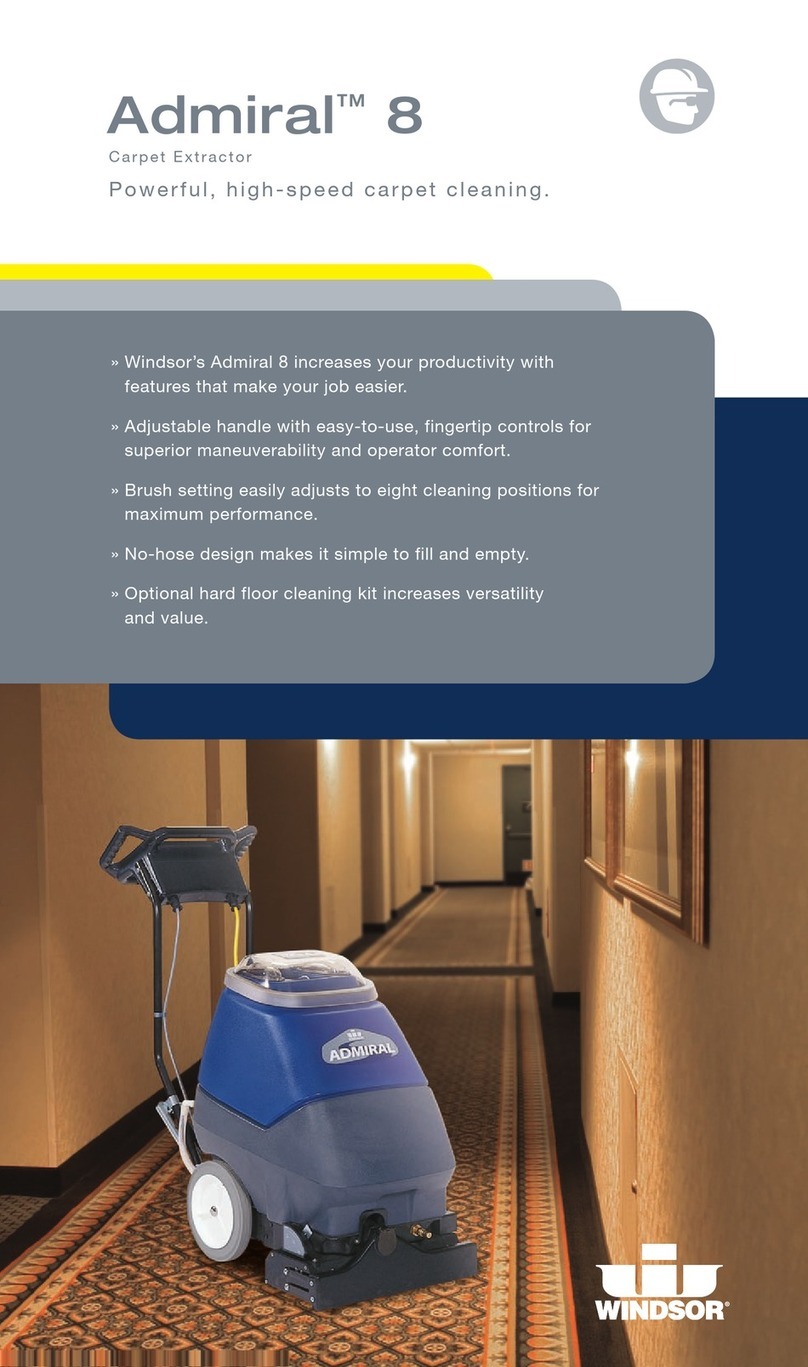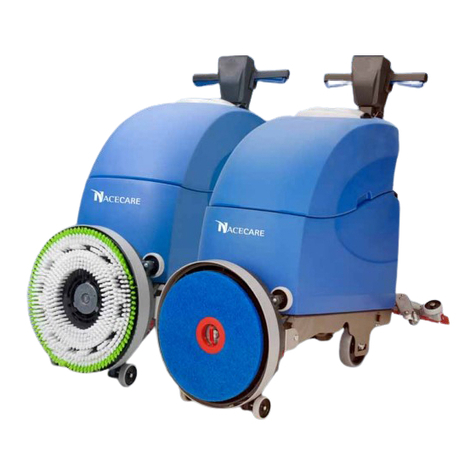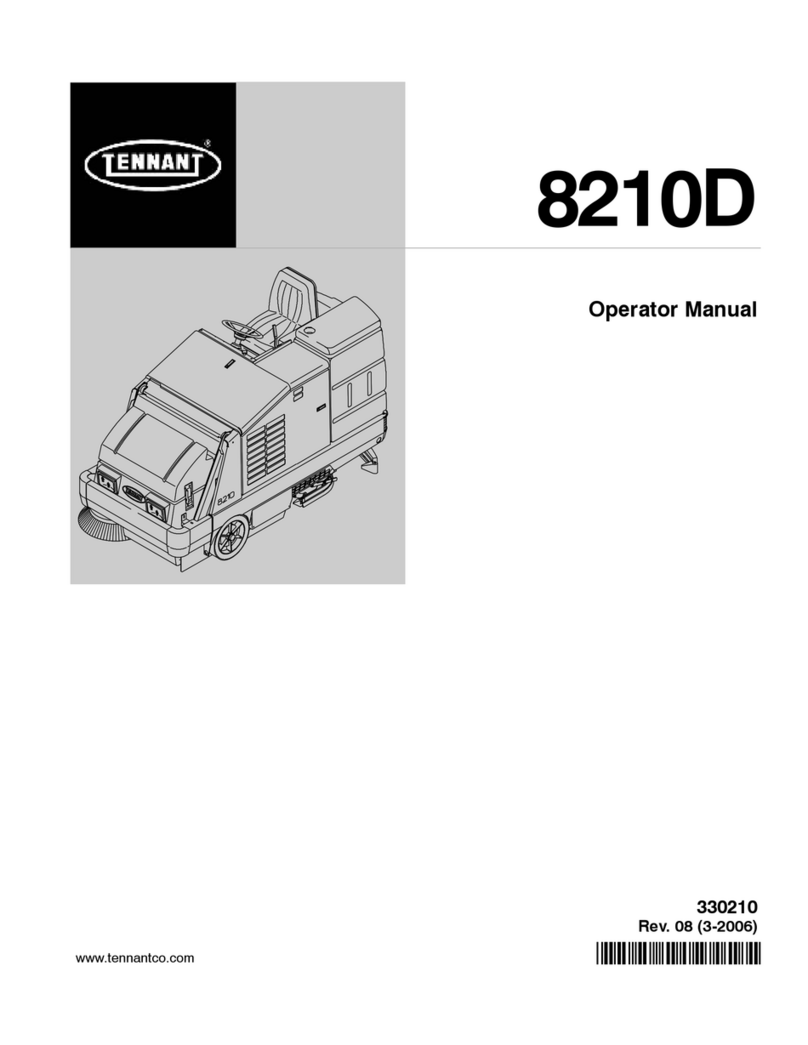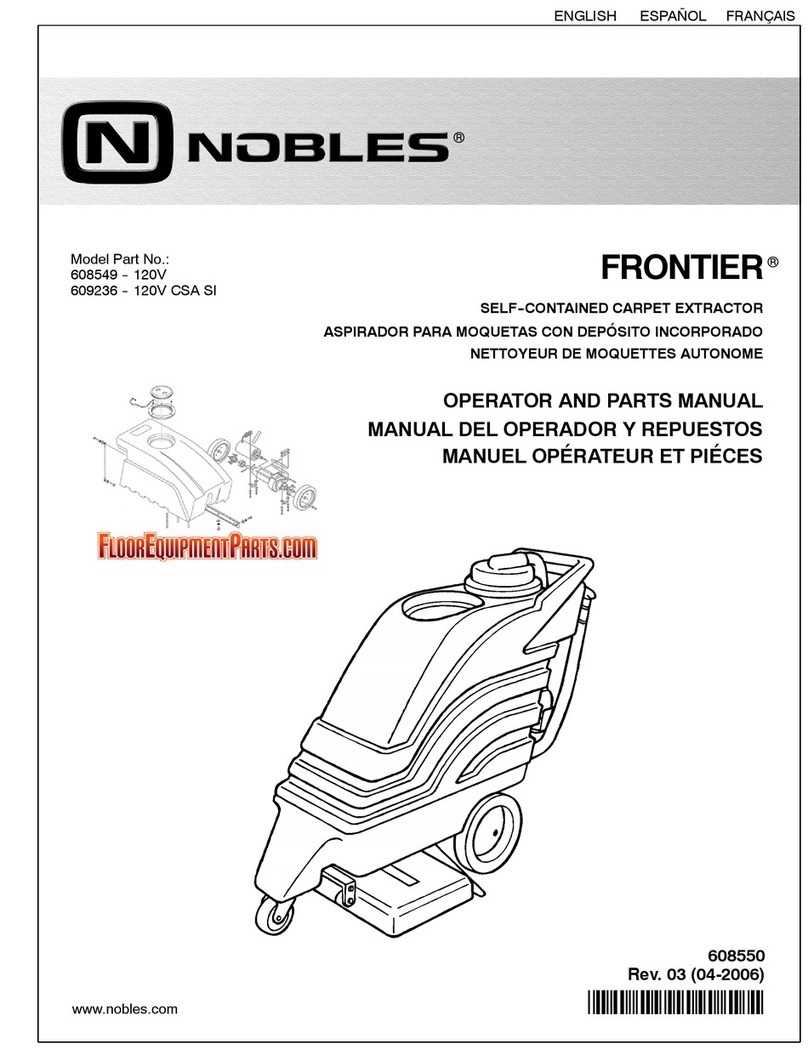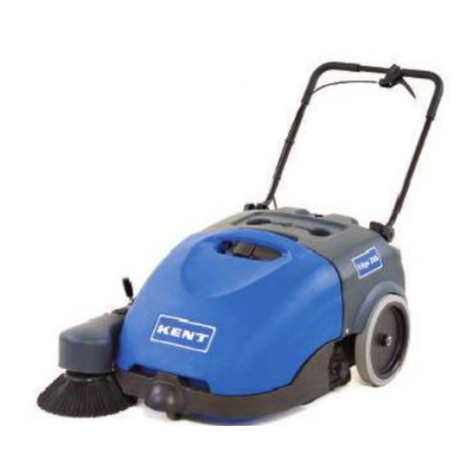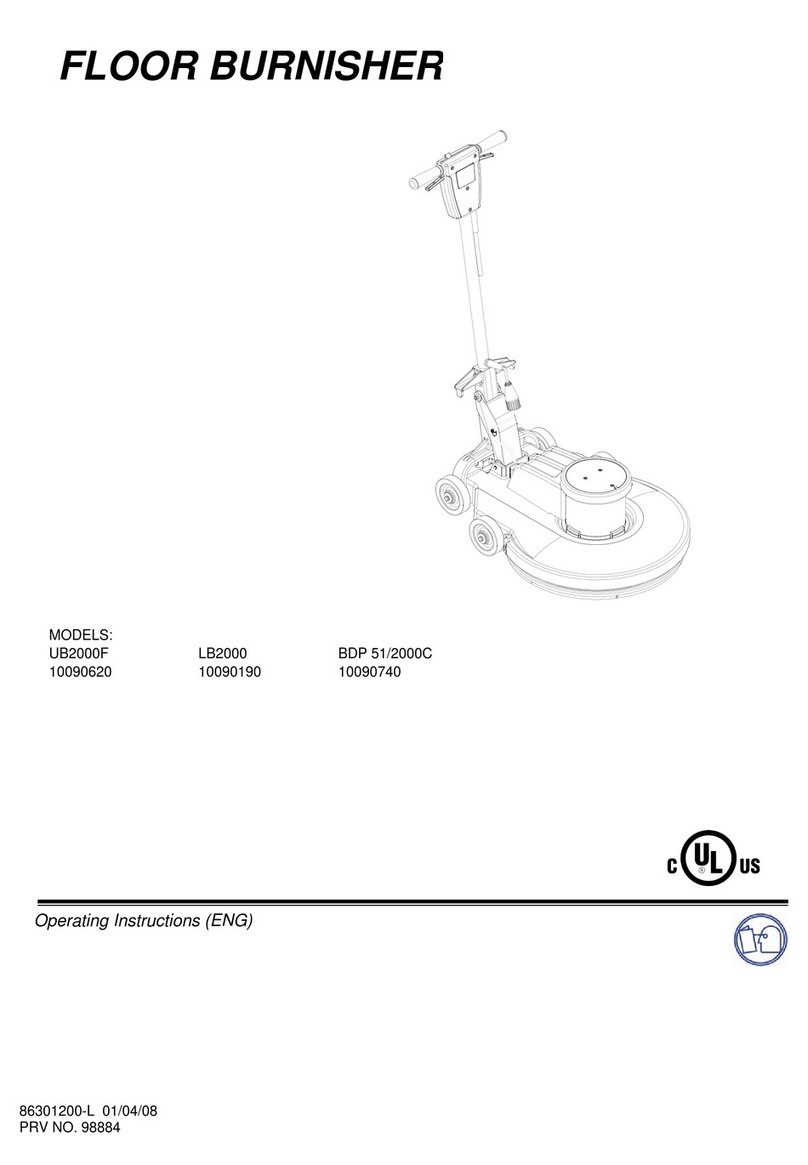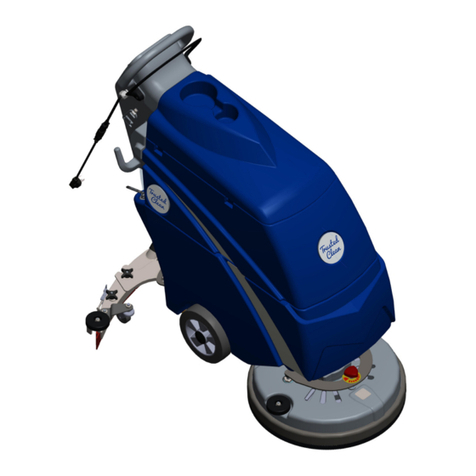CONTENTS
ON CONSIGNMENT OF THE MACHINE ..........................................................................................................................................4
INTRODUCTORY COMMENT.........................................................................................................................................................4
TECHNICAL FEATURES................................................................................................................................................................5
SYMBOLS USED ON THE MACHINE..............................................................................................................................................6
SYMBOLS USED ON THE MANUAL...............................................................................................................................................8
GENERAL SAFETY REGULATIONS ................................................................................................................................................9
MACHINE PREPARATION ...........................................................................................................................................................10
1. MOVING THE PACKAGED MACHINE ........................................................................................................................................................ 10
2. HOW TO UNPACK THE MACHINE ............................................................................................................................................................ 10
3. CONNECTING THE DRIVE MOTOR CABLE................................................................................................................................................ 10
4. PUTTING THE BATTERIES IN THE MACHINE ............................................................................................................................................ 11
5. CONNECTING THE BATTERY CONNECTOR .............................................................................................................................................. 11
6. CONNECTING THE BATTERY CHARGER................................................................................................................................................... 11
7. BATTERY RECHARGING.......................................................................................................................................................................... 12
8. BATTERY CHARGE LEVEL GAUGE ........................................................................................................................................................... 12
9. ASSEMBLING THE SQUEEGEE................................................................................................................................................................. 13
10. ADJUSTING THE SQUEEGEE.................................................................................................................................................................... 13
11. INSTALLING THE ROTATING BRUSHES ................................................................................................................................................... 14
12. RECOVERY TANK.................................................................................................................................................................................... 15
13. SOLUTION TANK..................................................................................................................................................................................... 15
WORK .......................................................................................................................................................................................16
OVERFLOW DEVICE ........................................................................................................................................................................................ 17
BRUSH PRESSURE ......................................................................................................................................................................................... 17
TRACTION ...................................................................................................................................................................................................... 17
TRACTION ...................................................................................................................................................................................................... 18
BRAKES.......................................................................................................................................................................................................... 18
UPON COMPLETION OF WORK...................................................................................................................................................19
DAILY MAINTENANCE................................................................................................................................................................20
CLEANING THE RECOVERY TANK.................................................................................................................................................................... 20
CLEANING THE RECOVERY TANK FILTER ........................................................................................................................................................ 20
CLEANING THE SOLUTION TANK FILTERS ....................................................................................................................................................... 21
CLEANING THE SQUEEGEE.............................................................................................................................................................................. 22
REPLACING THE REAR SQUEEGEE RUBBER.................................................................................................................................................... 22
REMOVING THE ROTATING BRUSHES............................................................................................................................................................. 22
TROUBLE SHOOTING GUIDE ......................................................................................................................................................23
INSUFFICIENT WATER TO THE BRUSHES ........................................................................................................................................................ 23
MACHINE DOES NOT CLEAN WELL ................................................................................................................................................................. 23
SQUEEGEE DOES NOT DRY PERFECTLY.......................................................................................................................................................... 23
ASPIRATION UNIT DOES NOT OPERATE .......................................................................................................................................................... 24
TOO MUCH FOAM IS GENERATED ................................................................................................................................................................... 24
CHOICE AND USE OF BRUSHES .................................................................................................................................................25
EC DECLARATION OF CONFORMITY...........................................................................................................................................26
